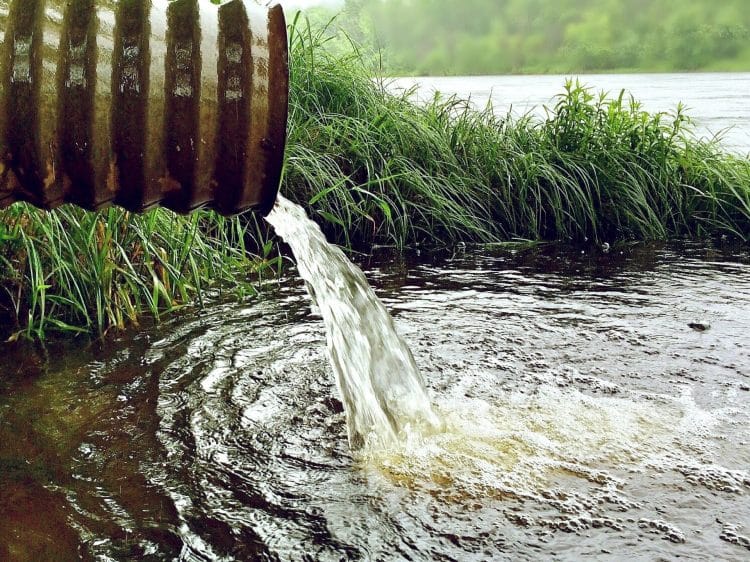Analyzing wastewater for xenobiotic cannabinoids — phyto and synthetic — is a way for scientists to gauge the scope of a catchment area’s cannabis/cannabinoid use. This is precisely what researchers from Australia did, applying a wastewater-based epidemiology (WBE) approach on 15 different areas, as it “provides unbiased and near real-time consumption estimates.” [1]
“The goal of this study was to find the optimal recovery of cannabinoids from wastewater samples, where previously only THC-COOH has been considered.”
THC-COOH
THC-COOH, which is short for 11-nor-9-carboxy-Δ9 –tetrahydrocannabinol, is the urinary metabolite of THC, and, as such, was the biomarker the researchers used to estimate the scale of cannabis consumption. The other molecules they tested for were cannabidiol (CBD) and “a variety of different generational synthetic cannabinoids and metabolites,” amounting to 30 cannabinoids altogether.
The analytical process is generally challenging due to cannabinoids’ hydrophobic nature, among other reasons such as the possibility that “THC biomarkers [adsorb] to particulates and the removal of the particulate fraction from wastewater may lead to an underestimation of levels,” which may apply to other cannabinoids as well.
Filtered vs Raw wastewater
Thus, they examined both filtered and raw wastewater. The team employed a liquid chromatography tandem mass spectrometry (LC-MS/MS) method to recover cannabinoids, and liquid-liquid extraction (LLE) and solid-phase extraction (SPE) to compare samples. “The LLE method performed better in terms of accuracy, precision, and R2 values,” they report. The researchers based the methods’ validity on criteria established by the European Medicines Agency (EMA) that includes linearity and selectivity, stability, recovery, filtration losses, and matrix effects.
Interestingly, “filtration was found to reduce the recovery for many of the investigated cannabinoids, where up to 97% of analyte was lost.” Furthermore, the scientists note that synthetic cannabinoids “have been reported to be highly metabolized with little of the parent drug excreted.”
While THC-COOH was detected at all 15 locations, CBD was at only 8. Additionally, 5-fluoro APINACA, JWH-073 (4-hydroxypentyl), and MDMB-CHMICA were the three synthetic cannabinoids identified.
Final Word
“This method can be used to monitor a variety of cannabinoids, which is imperative considering the harm that these compounds can bring to a community,” the researchers conclude. [1] Most of the “harm,” of course, relates to synthetic cannabinoids.
Reference:
- Pandopulos AJ, et al. “Towards an Efficient Method for the Extraction and Analysis of Cannabinoids in Wastewater.” Talanta, 217, no.121034, 2020. Impact Factor: 4.916; Times Cited: n/a
Image Credits: Woakandapix / Pixabay












